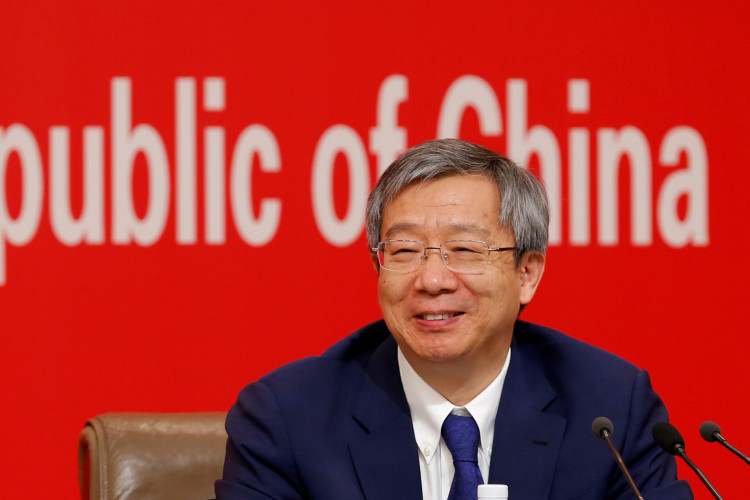China surprised economists and doubters on Monday when the central bank decided to keep its benchmark lending rate for October unchanged despite initial forecasts of a cut following the succeeding cuts for the past two months.
According to Reuters, the People's Bank of China (PBOC) retained a one-year Loan Prime Rate (LPR) CNYLPR1Y=CFXS at 4.20 percent, while the five years LPR CNYLPR5Y=CFXS was also unchanged at 4.85 percent.
The said percentages are the September adjustments that the central bank took, following weak forecasts for the Chinese economy. However, this month was a whole, new story as the PBOC defied forecasts of a rate cut.
While some analysts believe the downtrend will continue even if China decided to retain its LPR for this month, the Chinese economy appears to be more resilient against external headwinds and trade tensions.
Last week, the central bank also made an unexpected move of injected 200 billion yuan to the economy through its medium-term lending facility (MLF) loans, further prompting some economists to predict a rate cut.
In another Reuters poll, 83 analysts indicated that they are expecting the Chinese central bank to cut down on its benchmark lending rate to around 4.00 percent before the New Year.
As part of the government's efforts in curbing the potential effects of a slowing economy, there has been a sharp increase in approvals of infrastructure projects in the country, suggesting further infrastructure spending in the future.
According to the South China Morning Post, infrastructure investment grew to 4.5 percent during the January to September period. 21 major infrastructure projects have been green-lighted by the Chinese National Development and Reform Commission.
Some of the major projects feature new airports, railways, and roads, that should help encourage increased business. Three of the approved projects have an approved budget of over 100 billion yuan.
Industry experts believe that while the apparent effect of new infrastructure in China will be felt gradually, higher approval rates in new projects will encourage further investments in the sector.
Meanwhile, PBOC Governor, Yi Gang, said on Saturday that China's economy remained stable growth this year as key indicators suggested that stability stayed at "an appropriate range," Xinhua reported.
Yi noted that for the past three quarters, the economy expanded by 6.2 percent and is still growing at a steady pace amid external pressure. He added that the opening-up initiative of the Chinese government is expected to help improve the country's overall economic structure.
Finally, Yi reassured that China will continue to open up its massive market to investors and foreign brands in the financial and manufacturing sectors.






